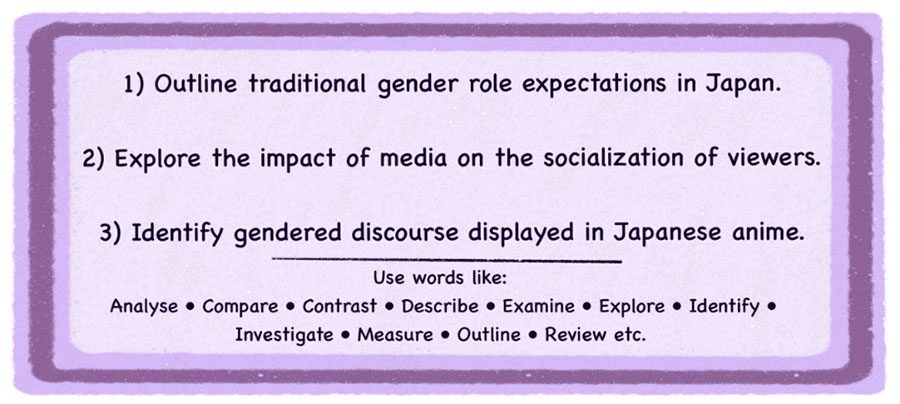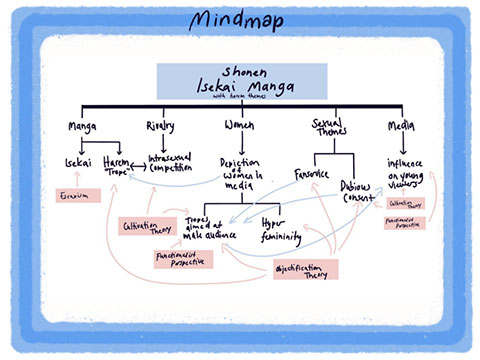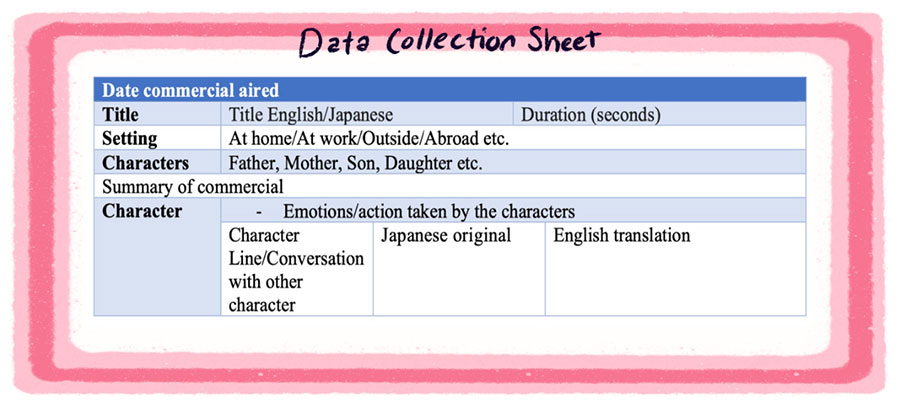3min read
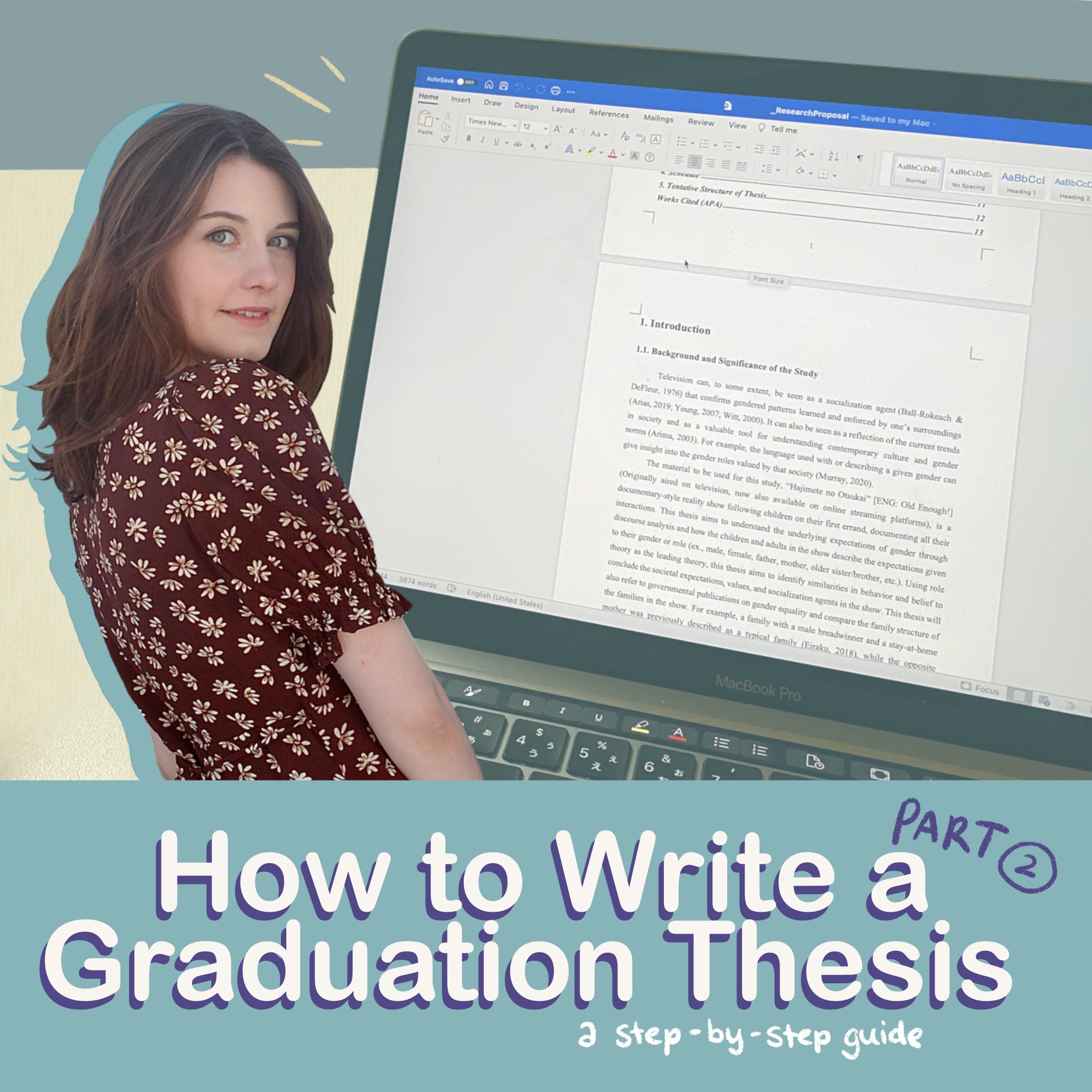
Part1
In Part 1, I described the general outline and abstract for the thesis, so please refer to Part 1 for more information. Part 2 will be discussion on each section of a thesis.
The Introduction
The introductory chapter will try to answer the most pressing questions on what, why, and how and will usually look something like this:
1. Introduction
1.1. Background
1.2. Research Focus
1.3. Research Aim/Objectives
1.4. Research Questions
1.5. Significance of Study
1.1.Background and Significance of Study
The background of your study gives readers an idea of what you have identified as an issue worthy of research based on background information.
The significance of the study is why you think it is important; it is there to justify your reasoning and outline whom this will benefit. Is there a lack of research? Do you want to add to existing literature? Does this concern a meaningful cause?
These two parts are usually presented in two different subheadings but can be combined for the research proposal.
1.2.Research Focus
The research focus outlines the specific topic or medium you will be studying. Is it a particular movie or director? A commercial or a TV show? Are they specific advertisements on Instagram or manga? Is it the elderly population of Beppu or college students? Outline who or what you will study in the introductory chapter.
1.3.Research Aim/Objectives
The aim or objective of your thesis is an outline of the themes or topics you will tackle in your thesis. You can present this in a numbered format.
Example
1.4.Research Question
The research question is probably the essential part of the thesis and will guide your research immensely. The best tip is to keep referring to it while researching, keep in contact, and continually upgrade it with your supervisor. If you have a few topics you want to cover in your analysis, an option might be to have multiple research questions. You can present it as a "Main Research Question" and "Sub Questions."
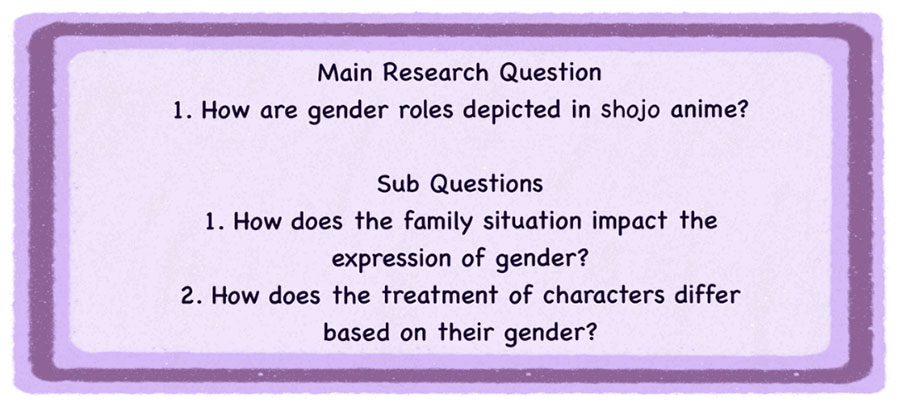
Example of how they could be formatted
1.5.Significance of Study
The Literature Review
The literature review is the meat of the study and, as the name suggests, deals with outlining the literature and other information necessary for building the background of the research. It should create a foundation that will support your findings.
While there is no specific length or number of subsections in the literature review, your focus should be on creating a clear picture of the situation or medium you are researching. A tip I got from a teacher in high school was always to assume your reader knows nothing about your topic and try to write it so anyone can understand.
Another vital tip is ensuring that your subchapters link to the research question. You only have a limited number of words for the thesis, and you don't want to waste it on information that is not needed. I like to create a mind map with all my subheadings, and possible research focuses. To see how they link to one another. Sometimes, this can help eliminate topics or make me realize where I need to include something else to make the connection.
Example
This is how the mind map could look – it can be pretty or messy. It doesn't matter since it is for you to clear your thoughts.
Theoretical Framework and Methodology
This chapter deals with explaining the theories you will be using, how you will go about your analysis, and the interpretations of your findings. A good tip is to mention similar research and the methods they implemented here.
Analysis and Findings
This chapter is the first one that involves your data and must be written carefully. For a social science thesis, many might choose a survey of people or a content/discourse analysis of a media text. It is a good idea to include examples of your research and raw data for the reader to follow your analysis and subsequent findings and interpretations.
Example of a Data collection sheet
I included the datasheet to refer to it directly in my discussion.
Discussion
The discussion chapter is the conclusion of the paper. Here you will combine the information you gathered in the literature review and the analysis findings to make an educated assessment of the situation. Here is the place to mention any surprising data. There is no specific format for this. You can write paragraphs or use bullet points to summarize the main points.
References/Bibliography
Correct referencing is the most crucial part of writing an academic paper since it can make or break the believability of your argument. So make sure to cite all the sources you used correctly. You can find more information on the correct citing of sources on the APU website.
Check the “APU Style guide for Writers” for information citing.
https://www.en.apu.ac.jp/secure_students/academic/uploads/fckeditor/secure/writingmanual/APU_StyleGuide_20160727_E.pdf
Read it again carefully, even though you learned it in your first year.
Closing Message
While I was writing my undergrad thesis there were several points when I wanted to quit and give up on it. Either the feedback I had received was harsh or I just couldn’t find the motivation to continue writing. But I am glad I continued. Not only did accomplishing this task feel amazing, but it also allowed me to learn about a different type of academic writing that you will not experience with normal reports. I highly recommend attempting a thesis if you have a topic you are curious about and want to look into further. Good luck with all your writing endeavors.
Lea
Hi! I'm Lea, a graduate student from Germany. I like to play Genshin Impact, draw, and shop in my free time. I am also a self-proclaimed APU student life expert lol (I did my undergrad at APU (CSM)). Feel free to say hi if you see me on campus. I hope we can have fun finding out more about APU together! (⌒▽⌒)



